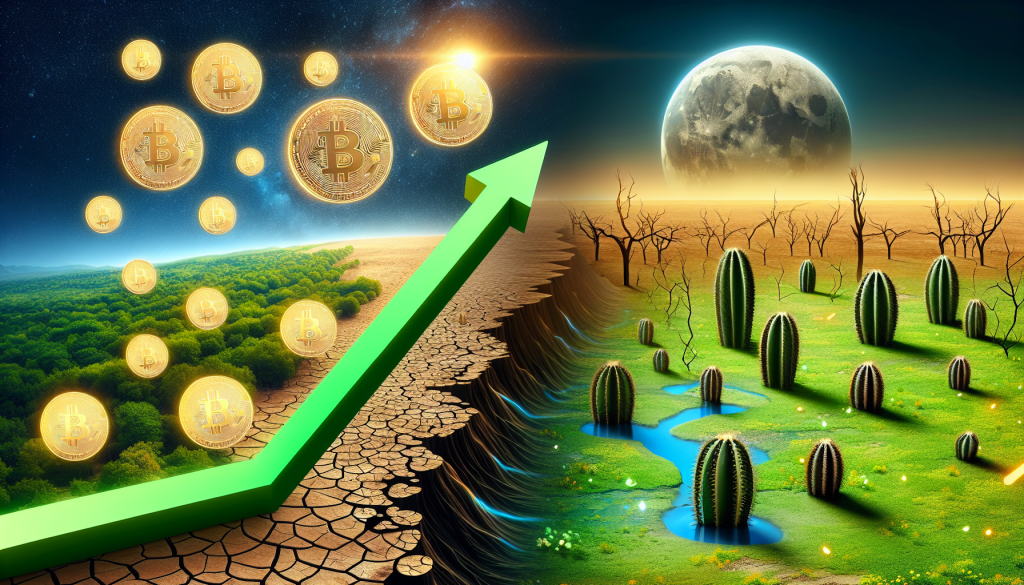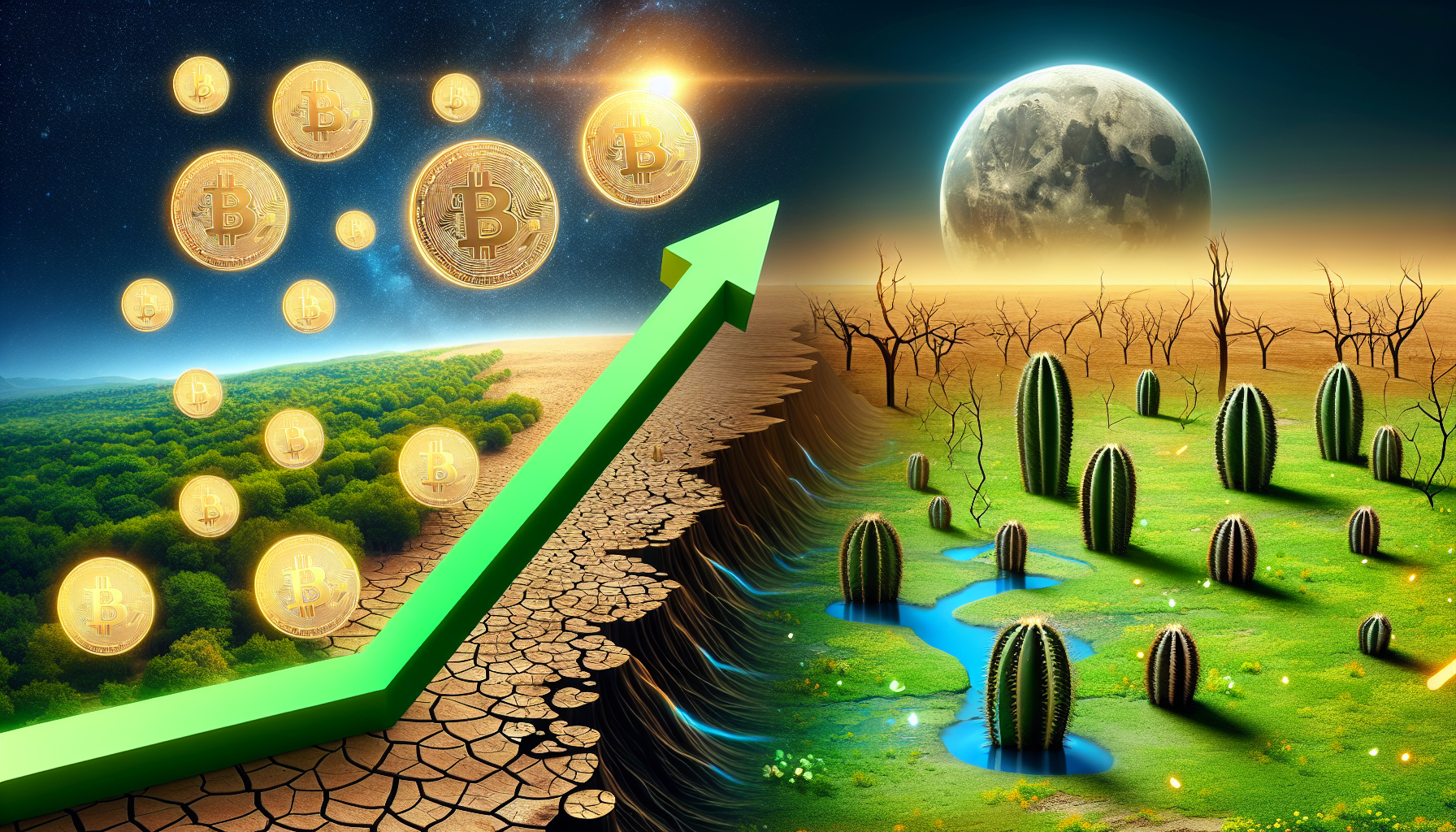/ Nov 30, 2025
Trending


The world of cryptocurrencies has recently experienced notable volatility, underlining both the potential and precarious nature of digital assets. While Bitcoin and Ethereum are often the focal points in discussions, it is essential to consider the wider ecosystem that includes lesser-known cryptocurrencies making significant strides. Recent developments in the market reveal both challenges and opportunities that could shape the industry’s future.
As market giants like Bitcoin exhibit unpredictable price movements, smaller cryptocurrencies are starting to capture attention for their innovative applications and partnerships. Chainlink, a decentralized oracle network, and Cardano, a blockchain platform aimed at creating a more secure and scalable infrastructure, have thrived amid recent market fluctuations. These altcoins are not only gaining market traction but are also becoming critical components in building a robust decentralized economy.
Chainlink continues to broaden its horizon, securing numerous collaborations with established firms in finance, insurance, and supply chain industries. As DeFi (Decentralized Finance) matures, Chainlink’s oracles, which facilitate communication between smart contracts and external data sources, are indispensable. This surge in partnerships underscores the growing trust in Chainlink’s technology, potentially boosting its value in the crypto marketplace.
Cardano is steadily gaining ground as a preferred blockchain platform due to its focus on sustainability and scalability. The recent Alonzo upgrade introduced smart contract capabilities on the Cardano network, allowing developers to create decentralized applications (dApps). This development positions Cardano as a viable alternative to Ethereum, especially in Africa, where it aims to implement blockchain solutions to enhance financial systems. Cardano’s commitment to environmentally friendly solutions is appealing to investors conscious of carbon footprints.
The global regulatory landscape for cryptocurrencies is rapidly evolving, with governments attempting to balance innovation with consumer protection. Recent legislative proposals in the United States and Europe indicate a move towards more structured regulatory frameworks, which could either hinder or foster the growth of cryptocurrencies.
The ambiguity surrounding the crypto provisions in the US Infrastructure Bill has stirred debate among industry stakeholders. The bill’s broad definition of what constitutes a “broker” could potentially impose unfair tax reporting obligations on cryptocurrency miners and software developers, stifling innovation. Lobbyists and industry advocates continue to voice concerns, urging for more clarity to ensure the thriving of blockchain initiatives without excessive regulatory burdens.
Meanwhile, the European Union is making strides towards a comprehensive framework with the Markets in Crypto-assets Regulation (MiCA) initiative. Designed to create uniformity across member states, MiCA aims to foster innovation while safeguarding investors through stringent regulatory measures. This balanced approach could position Europe as a competitive hub for crypto and blockchain technologies.
Although impeccable market trends dominate the crypto narrative, the Non-Fungible Token (NFT) market continues to evolve and expand. NFTs, unique digital assets, have captured mainstream interest, ranging from digital art and music to real estate.
The recent surge in NFT sales, particularly in digital art and virtual avatars, highlights an ongoing shift towards digital ownership. Major auction houses and luxury brands are increasingly venturing into the NFT space, exploring immersive experiences that blend digital art with traditional fine art. However, as the market matures, questions about copyright, authenticity, and environmental impact surface, demanding clear guidelines.
The integration of NFTs within the emerging metaverse further exemplifies their potential. Virtual worlds such as Decentraland and The Sandbox allow users to purchase, develop, and monetize virtual land and accessories, employing NFTs as essential components. This integration not only enhances user interaction but also represents a significant revenue stream for creators and investors.
The dynamic nature of the cryptocurrency sector presents both thrilling opportunities and profound challenges. While technological advancements like those seen with Chainlink and Cardano offer promising outlooks, regulatory frameworks and market trends necessitate cautious optimism. As the crypto ecosystem continues to mature, stakeholders must stay agile, informed, and adaptive to harness its full potential. Ultimately, understanding the intricacies of these digital innovations is pivotal for navigating this transformative frontier.
Stay ahead with Blockchainooz! Get daily updates on industry insights, market trends, and innovative blockchain technology—all in one place. Perfect for enthusiasts and investors looking to make informed decisions in the ever-evolving world of blockchain and crypto.